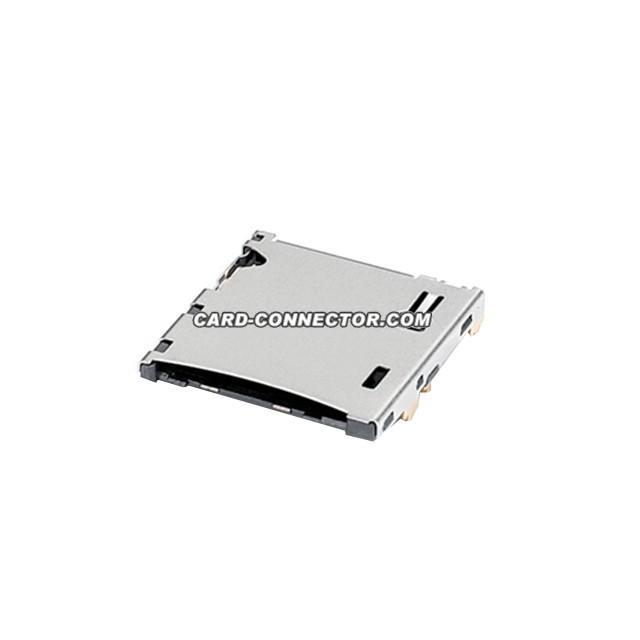With the growing demand for higher storage capacity in consumer electronics, the Micro SD Card has become a go-to option for manufacturers of various devices. With this rising demand, there is an equally growing need for advancements in connector compatibility to ensure seamless communication between the devices and the card. The Micro SD Card connector industry has taken great strides in the quest to create connectors that are compatible with up to 2TB, and this blog post will discuss these advancements in greater detail.

As modern devices become capable of storing more and more data, the capacity of MicroSD cards needs to keep up. The race to achieve 2TB has been a vested interest of manufacturers in the Micro SD Card connector industry. While the standard size for Micro SD cards has remained the same, the storage capacity has increased significantly, and so has the complexity of the connectors. A combination of speed and size is necessary for connectors to effectively handle these large-capacity cards. The challenge is to design connectors that fit emerging form factors while being backward compatible with lower capacity SD card connectors.
To deal with such high-capacity products, the SD Card Association created the SDXC specification. Classifying MicroSD cards by their speed class, A1, A2, U1, U3, V10, V30, V60, and V90 support different transfer speeds. Correspondingly, specific connectors are required to interface with devices efficiently. V Speed class cards are ideal for high-resolution video recording or 4K video playback, requiring speeds of 90MB/s (V90). To extract a high level of performance from a MicroSD card, the design of the connector is critical. For instance, with a smaller size, form-factor X connectors can provide increased memory usage and ultra-high-speed data transfer rates that facilitate the capture of high-quality photos or 1080P videos on smartphones or cameras, and smoother playback on various devices.
Micro SD Cards with larger capacities are bound to create an impact on connector technology. With advancements in technology, increased density with shrinking form-factor has been critical to the connector manufacturing industry. Flexibility is a desirable feature as the industry wants connectors that can adapt to different form factors or support varying dimensions of MicroSD cards. The manufacturers' main objective is to make sure the connector can handle the power requirements of the MicroSD card, and meet the specifications of data transfer speeds across the wide variety of devices that use SD Cards.
Smartphones, cameras, tablets, smartwatches, IoT devices, and many other devices require high-speed data transfer and high-capacity storage. MicroSD cards have become the go-to solution in these electronics. Along with the growing demand for more storage comes a need to optimize and innovate connector designs for the latest devices. Manufacturers should make sure each of the MicroSD card sockets they produce serves the latest devices but is also backward-compatible with earlier devices.
Creating connectors for high-capacity MicroSD cards is a daunting task, but it's necessary for the growing storage needs of consumer electronics. This poses a significant challenge to connector manufacturers as they strive to create connectors that are versatile enough to address a wide range of devices but still meet the necessary specifications for compatibility. Some of the challenges include fitting the connector for different form factors, catering to the power requirements, supporting high-speed transfer rates, and ensuring backward compatibility with previous versions of connectors. As the adept engineering teams continue to navigate these obstacles, we can look forward to progress, advancement, and better compatibility of SD card connectors.
Name: cenlixin
Mobile:+8618858073250
Tel:+86-0574-63861299
Whatsapp:8618858073250
Email:sales@card-connector.com
Add:Kuangyan Town Development Zone, Cixi City, Zhejiang Province